Innovative Product Development
Innovation plays a crucial role in the Aloe Vera Based Drink Market, as manufacturers continuously explore new flavors, formulations, and packaging solutions. The introduction of unique blends, such as aloe vera combined with other superfoods, is gaining traction among consumers seeking variety. Market data suggests that innovative product offerings can lead to increased market share and consumer interest. As companies invest in research and development to create novel aloe vera beverages, the potential for growth in the Aloe Vera Based Drink Market appears promising, catering to diverse consumer preferences.
Increased Distribution Channels
The Aloe Vera Based Drink Market is benefiting from the expansion of distribution channels, which enhances product accessibility for consumers. Retailers are increasingly stocking aloe vera drinks in supermarkets, health food stores, and online platforms, making it easier for consumers to purchase these products. Data indicates that e-commerce sales of aloe vera beverages have surged, reflecting a shift in consumer shopping habits. This increased availability is likely to drive sales and foster growth in the Aloe Vera Based Drink Market, as more consumers are introduced to the benefits of aloe vera drinks.
Health Conscious Consumer Trends
The Aloe Vera Based Drink Market is experiencing a notable surge due to the increasing health consciousness among consumers. As individuals become more aware of the benefits associated with natural ingredients, the demand for aloe vera drinks has escalated. Research indicates that aloe vera is rich in vitamins, minerals, and antioxidants, which are appealing to health-oriented consumers. This trend is reflected in market data, showing a compound annual growth rate of approximately 7% in the aloe vera beverage segment. The shift towards healthier lifestyles is likely to continue driving growth in the Aloe Vera Based Drink Market, as consumers seek alternatives to sugary and artificial beverages.
Rising Demand for Functional Beverages
The Aloe Vera Based Drink Market is witnessing a rising demand for functional beverages, which are perceived as products that offer health benefits beyond basic nutrition. Aloe vera drinks are often marketed for their digestive health properties, skin benefits, and hydration capabilities. Market analysis suggests that the functional beverage sector is projected to grow significantly, with aloe vera drinks playing a pivotal role. The increasing consumer preference for beverages that provide added health benefits is likely to propel the Aloe Vera Based Drink Market forward, as manufacturers innovate to meet these evolving demands.
Sustainability and Eco-Friendly Practices
Sustainability has become a critical driver in the Aloe Vera Based Drink Market, as consumers increasingly favor products that are environmentally friendly. Companies are adopting sustainable sourcing practices for aloe vera, ensuring that their products are not only beneficial for health but also for the planet. This trend is supported by data indicating that a significant portion of consumers is willing to pay a premium for sustainably sourced products. The emphasis on eco-friendly practices is likely to enhance brand loyalty and attract environmentally conscious consumers, thereby fostering growth in the Aloe Vera Based Drink Market.


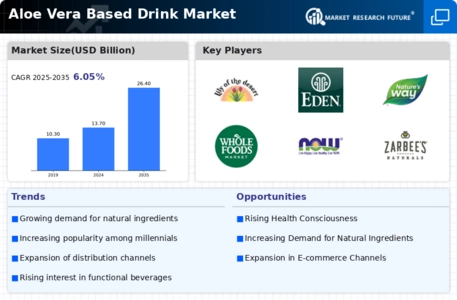
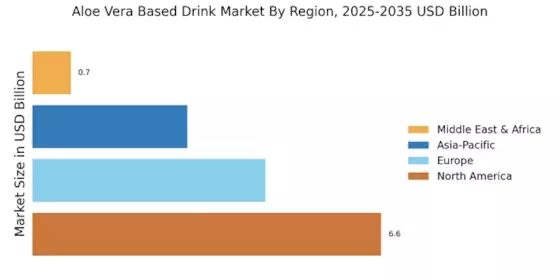
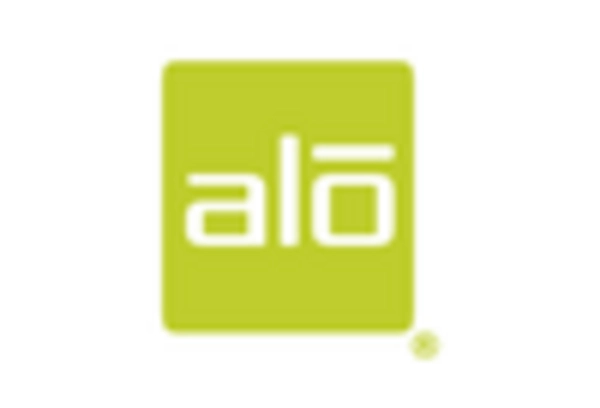
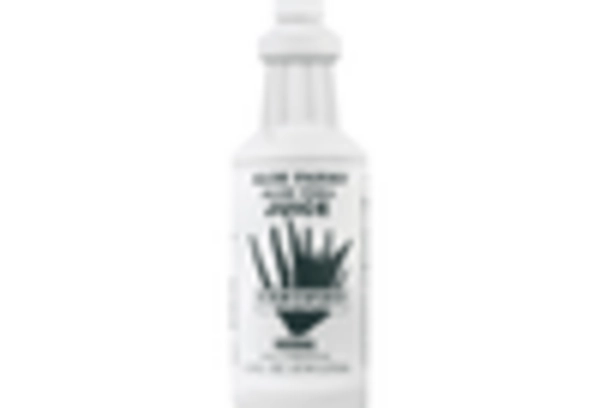
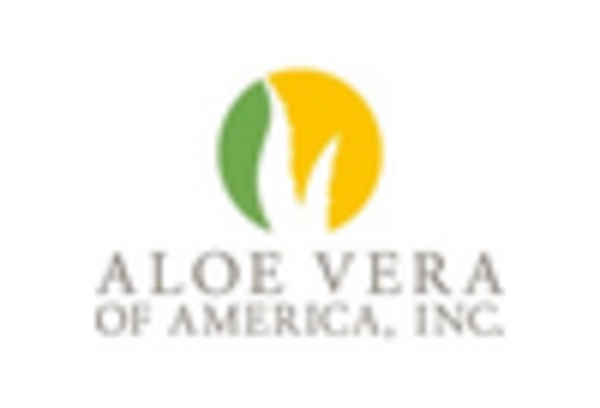
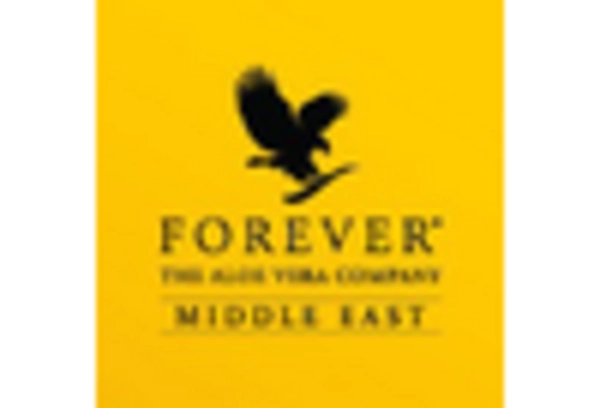

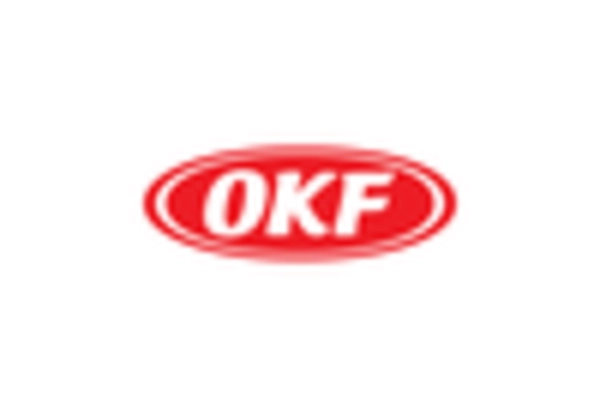








Leave a Comment